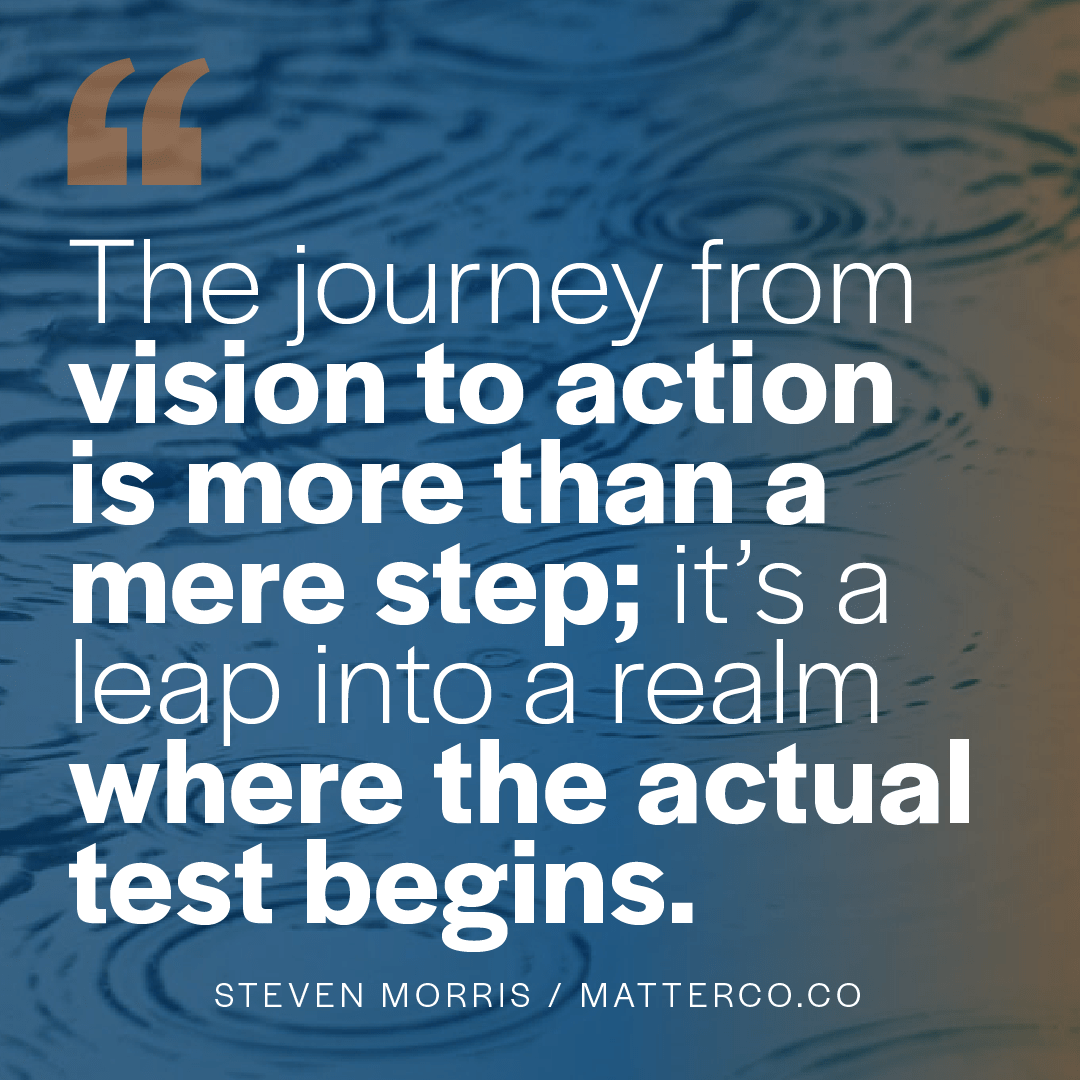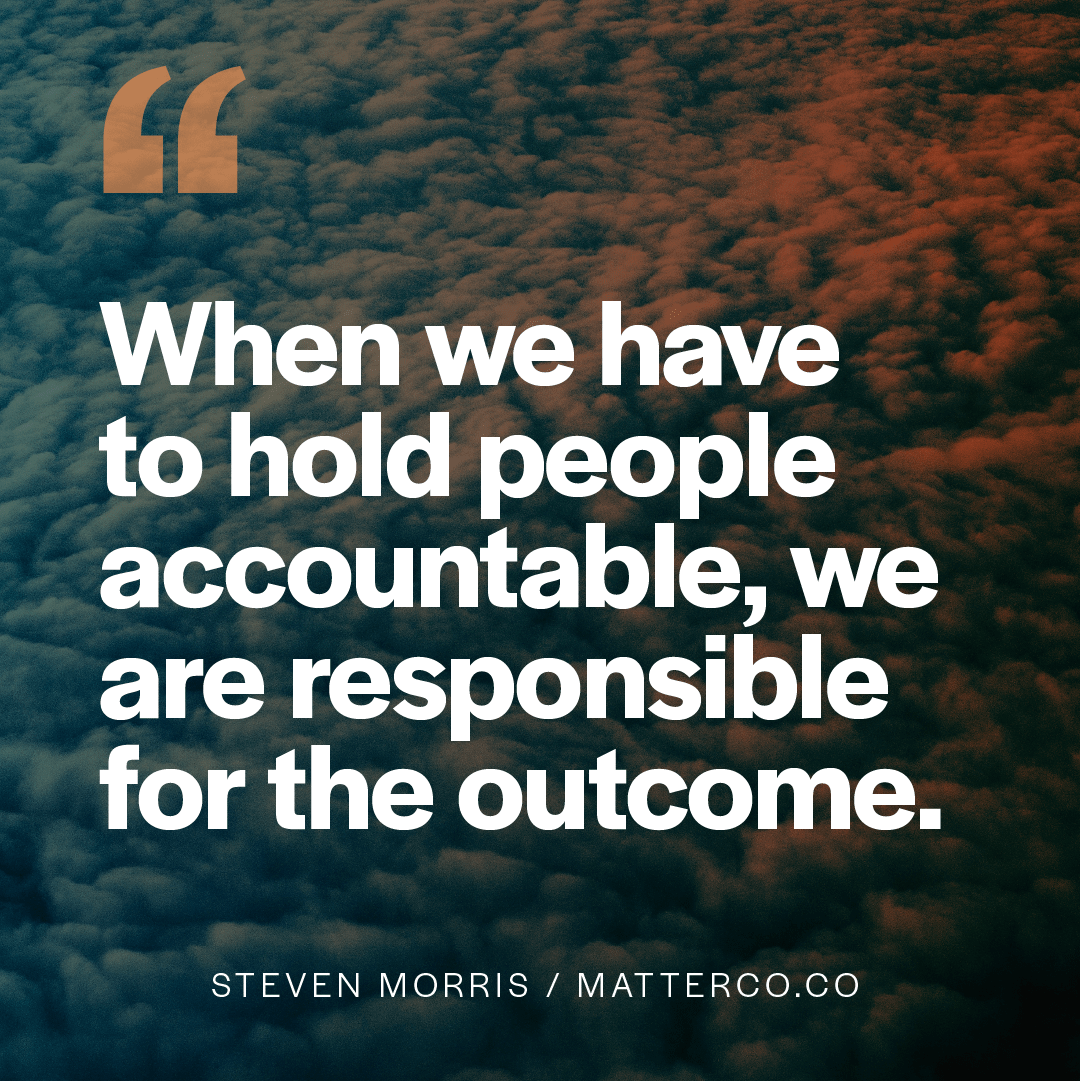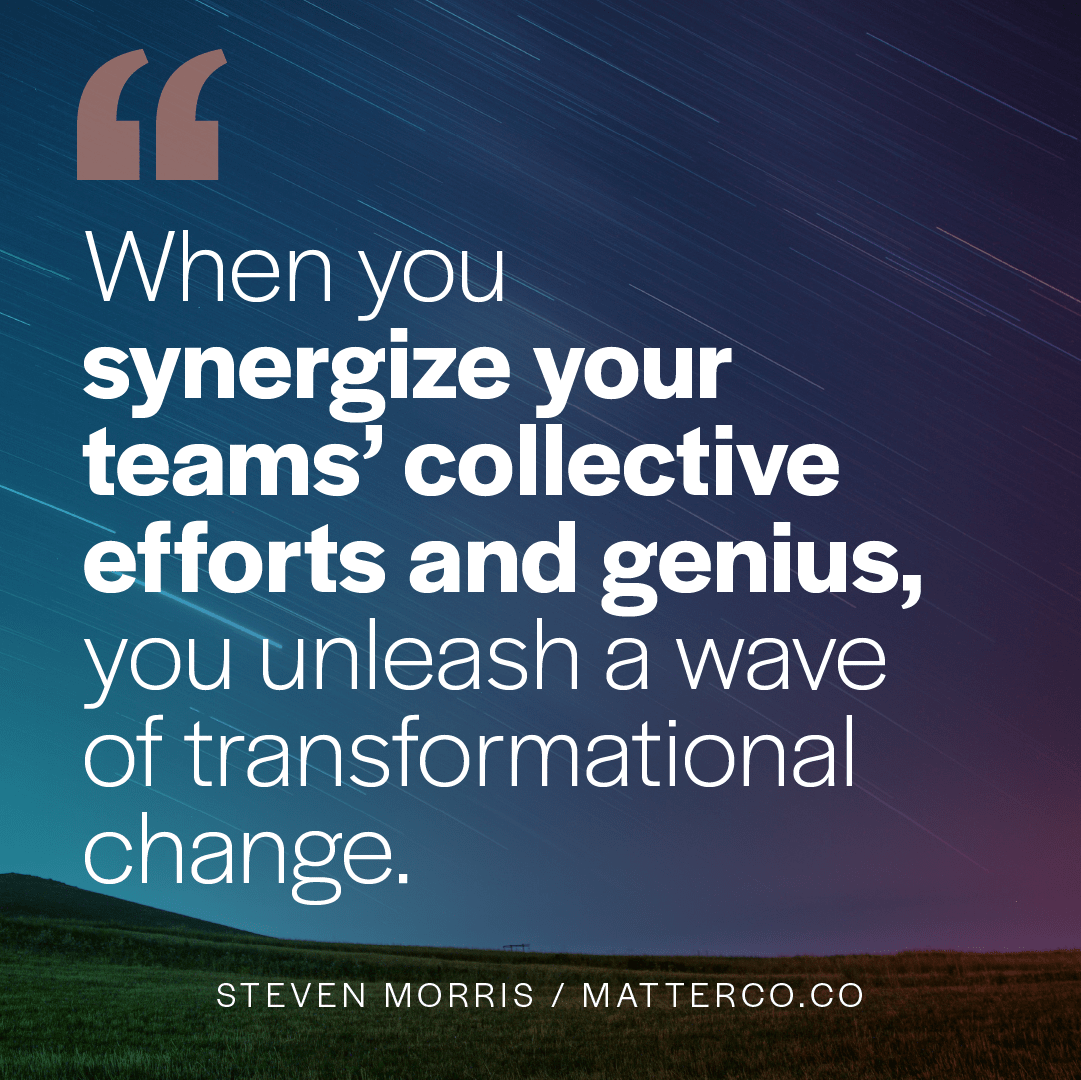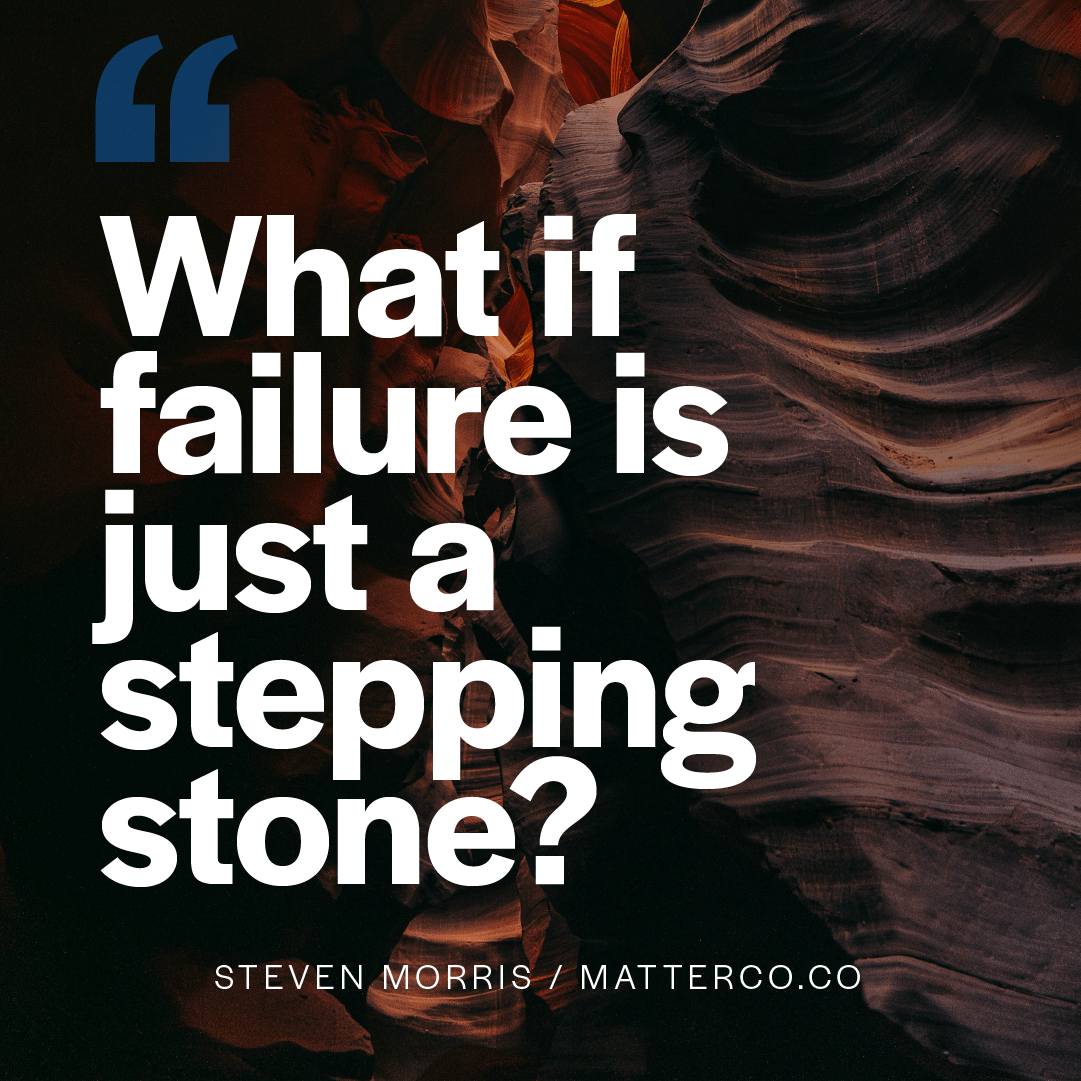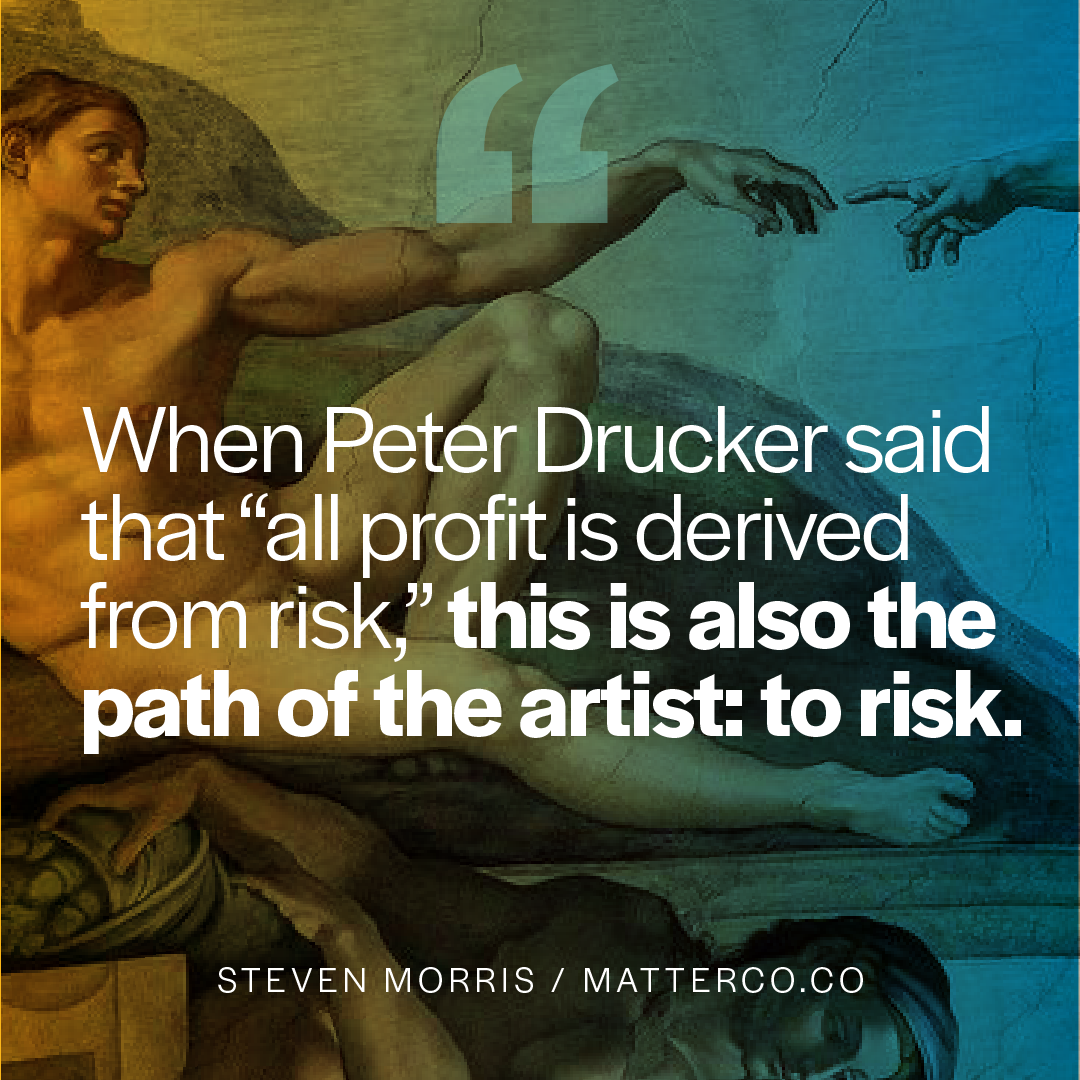
The Art of…
Doing a quick Google search for the term “The Art of…” yields about 13,660,000,000 results. Yep, 13 Billion+.
Some top search results include book titles (The Art of War, a classic by Sun Tzu, and Zen and the Art of Motorcycle Maintenance, which I re-read last week while camping), podcasts, movies, TV shows, even conferences.
This got me wondering, why the world of business world has such an allergic reaction to “the art of…”, yet, outside the world of business, so much valuable thinking and doing is sought out and embraced in “the art of…”.
Artists, craftspeople, and artisans call what we produce a work of art. A work of art can be defined as the result of a person who creates something that transcends their earned technical skills and produces a work that is beyond ordinary craftsmanship. As such, a work of art literally moves the audience.
Management guru Peter Drucker is famous for saying, “The best way to predict the future is to create it.”
Today’s artists (in business, work, life, etc.) are successful due to their ability to constantly refill the well of imagination and innovation, and transform people, cultures, markets, and societies through their ingenious creations. They break norms and conventions and are celebrated as master innovators.
Also true, many of the best artists are seen as cultural change-makers that navigate the complexities of contemporary society and culture. In doing so, they create works that break through the chatter and clutter of our media world. Artists like Leonardo da Vinci, to today’s AiWeiwie were and are change-makers at heart.
For anyone who’s been in business long enough, they realize that business is part science, part art. We rely on data, technology, systems, and processes to do part of our work, but we rely on our own artistry to go beyond the data, the expected, the measurable, and the common.
Massive shifts in business-as-usual, work-culture norms, technology, markets, and competitive forces require organizations to modify their managerial approaches to running a business with more courageous leadership approaches that deploy vision, imagination, risk-taking, and creativity.
These traits are born and bred in the world of artists, and leaders can learn to think, work, and live like an artist in their own business environments. Like the artist, the leader must draw on her own unique abilities, vision, noticing, creativity, envisioning, values, and character.
As with art, business practices must inspire creative energy, foster inspiration, and support the self-expression that leads to innovative leaps, especially in times of crisis. When Peter Drucker said that “all profit is derived from risk,” this is also the path of the artist: to risk.
Artists and business people alike, play in the world of “this might not work.” In order to be innovative, organizations must take risks and venture into uncharted territories. Drucker also makes the case that only through profit can a company cover its potential losses while innovating. This is why the most ground-breaking companies are usually the most profitable—they profit from taking risks.
Working with artistry is a wholehearted, fully-integrated manner of working. In artistry, we bring our whole self to our work, and we deploy a careful and thoughtful process that amplifies and ignites the end results. While artistry itself still has a powerful outcome in mind, it keeps in mind the entire process of creating works of art, beginning with intentionality.
What separates the artist from the non-artist in their work is how they go about their work. Entrepreneurs, business leaders, directors, managers, and workers of all walks each have a choice in what approach and mindset they bring to their work. The artist chooses the whole-self approach to work.
True for art and business alike, what influences the artist defines the outcome. The steady diet of what we intake defines our overall condition and the results we get.
Some examples:
Leader-artist…
- …As intentional visionary: the leader who sees beyond the horizon and leads her team to new, innovative lands.
- …As master craftsman: a skilled practitioner of their craft who’s willing to teach and mentor others to heighten their own mastery.
- …As risk-taking adventurer: the confident explorer who takes leaps of innovation in order to break new ground.
Business-person-artist…
- …As master communicator: the skilled communicator that understands the power of their words and uses them to maximum effect.
- …As connected collaborator: the collaborator who connects with their team and environment to create a blended team of makers, craftspeople, and artists.
- …As active noticer: the team member who is actively listening with all their senses and making creative connections between uncommon things, birthing new opportunities and innovation.
“How we choose what we do, and how we approach it…will determine whether the sum of our days adds up to a formless blur, or to something resembling a work of art.”
—Mihaly Csikszentmihalyi, Author of “Flow”
If you want a more trusting team, a culture of belonging or a magnetic brand that attracts more of the right customers, I can help. If you'd like to explore if working together makes sense, drop me a line.




